KAIST
BREAKTHROUGHS
Research Webzine of the KAIST College of Engineering since 2014
Spring 2025 Vol. 24Ultrathin solid immersion grating for handheld spectroscopic applications
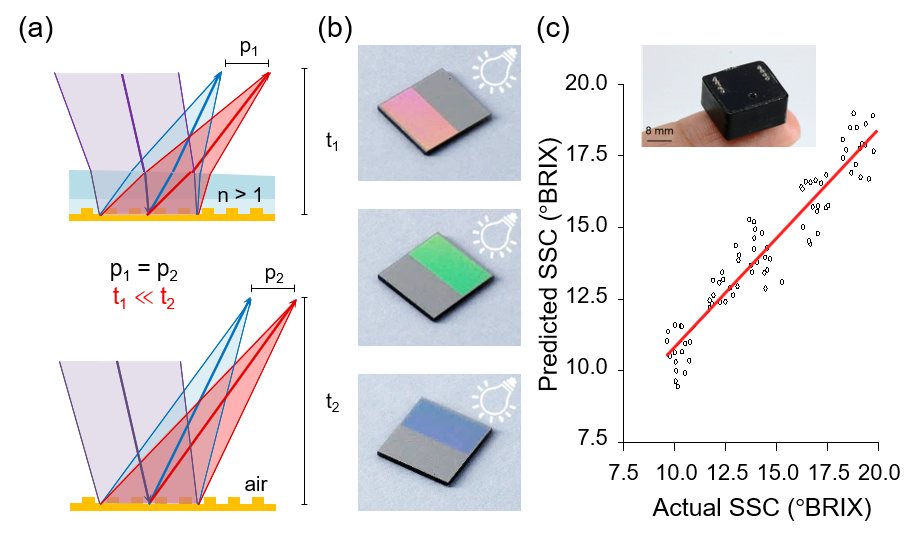
This study introduces a microspectrometer with a solid immersion grating for compact design and improved spectral resolution. The size is over 1,000 times smaller than conventional spectrometers while maintaining high resolution and sensitivity, which spectroscopic applications demonstrated in handheld fruit maturity verification.
The spectrometer is actively used in various fields for non-destructive sample analysis, allowing the analysis of spectral components through the distribution of reflected or absorbed light. While conventional spectrometers provide real-time analysis, their large size limits their portability and on-site diagnostic applications. Recently, the advancement of micro/nano-fabrication technologies has led to the development of small spectrometers for applications such as quality control, environmental monitoring, anti-counterfeit, and healthcare monitoring. However, current small spectrometers undergo a simplification of internal optical components, leading to a significant degradation in optical performance and a reduction in the accuracy of sample analysis. Overcoming the challenge of maintaining optical performance while reducing size remains difficult.
In this study, the research team proposes a microspectrometer with a solid immersion grating structure, having high angular dispersion, within a few millimeters of the thickness. In the structure, a reflective grating and a convex lens with a similar refractive index are combined to focus dispersed light onto an image sensor, achieving uniform and improved spectral resolution on the entire visible spectrum. The microspectrometer module has compact dimensions of 8 mm × 12.5 mm × 15 mm, demonstrating a size reduction of over 1,000 times compared to conventional commercial spectrometers. Furthermore, it exhibits a high spectral resolution of approximately 5.8 nm, similar to that of commercial spectrometers, and a sensitivity of over 76% within the operating wavelength range.
The research team designed and produced a handheld module and verified fruit maturity to experimentally validate the application of the microspectrometer. The combined module, using the micro-spectrometer and white LED, was attached to the surface of the fruits to easily acquire spectroscopic signals. The team analyzed the form of the spectroscopic signals to predict the ripeness of the fruits, compared with the actual ripeness, and established a highly reliable prediction model with a correlation coefficient exceeding 0.91. The research team overcame the degradation of optical performance in existing small spectrometers by using the solid immersion grating microspectrometer, confirming its potential for on-site diagnostics in portable spectrometers.
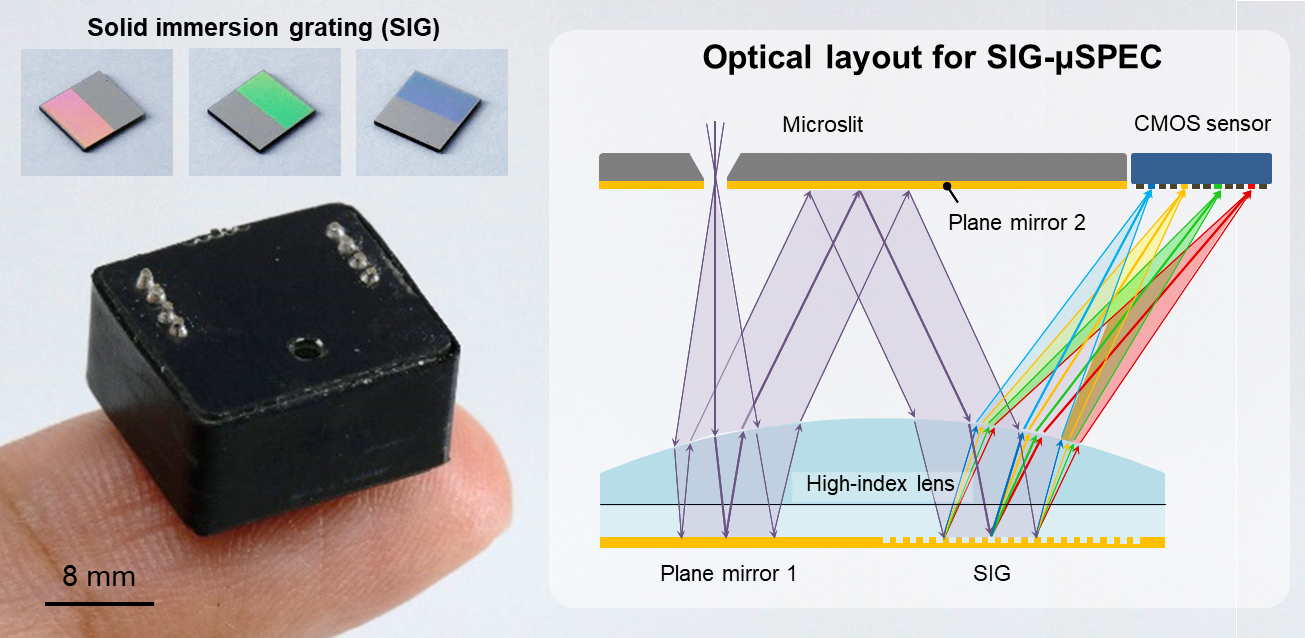
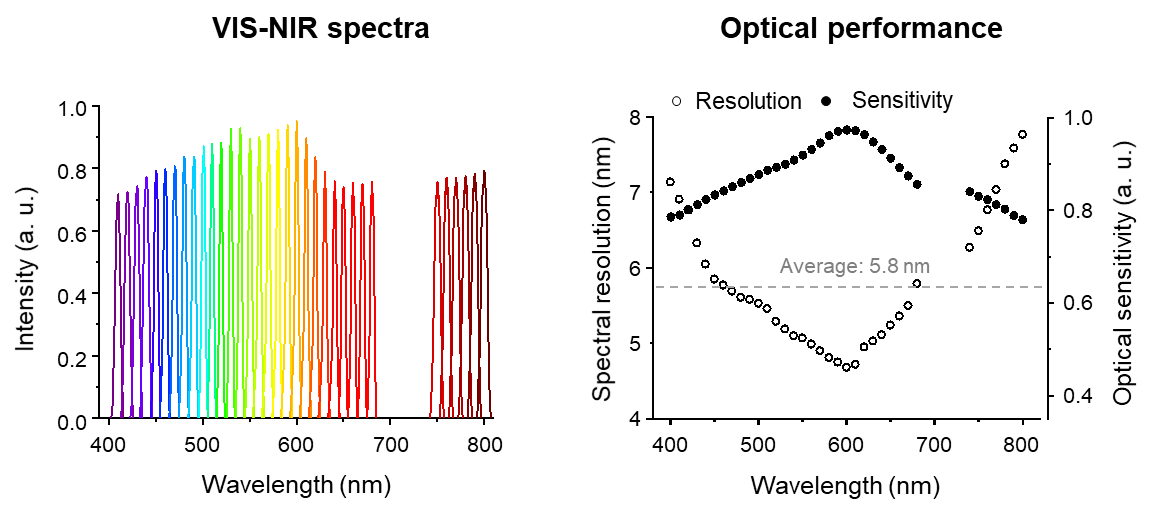
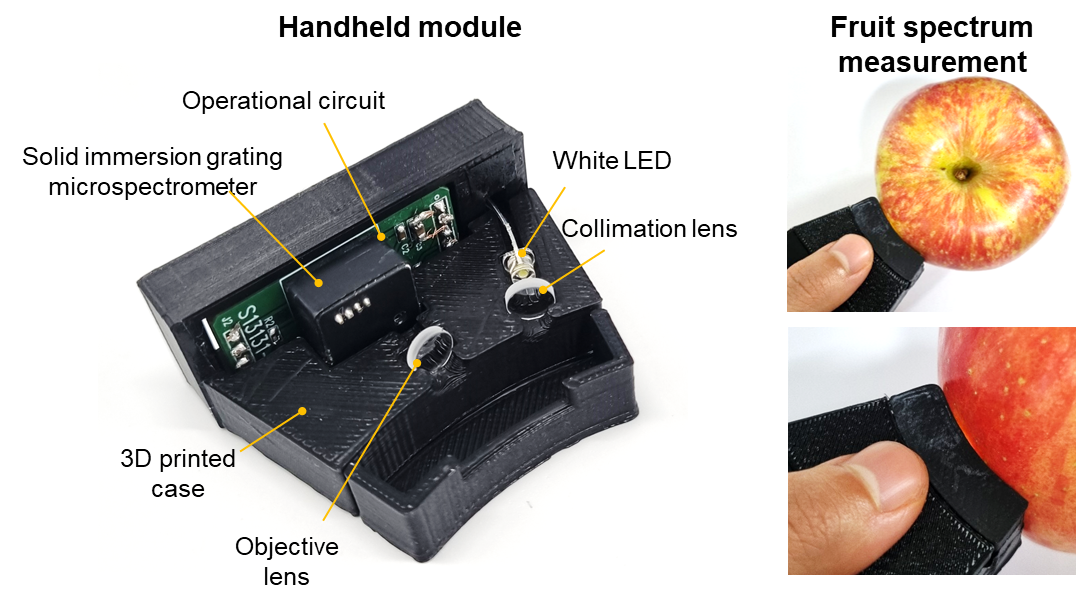
Most Popular

When and why do graph neural networks become powerful?
Read more
Smart Warnings: LLM-enabled personalized driver assistance
Read more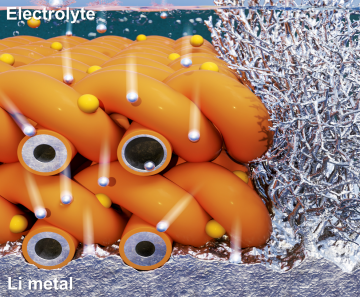
Extending the lifespan of next-generation lithium metal batteries with water
Read more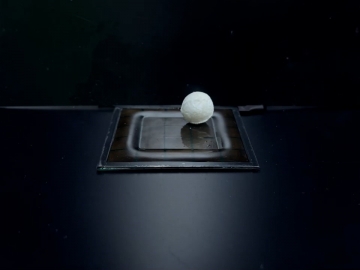
Professor Ki-Uk Kyung’s research team develops soft shape-morphing actuator capable of rapid 3D transformations
Read more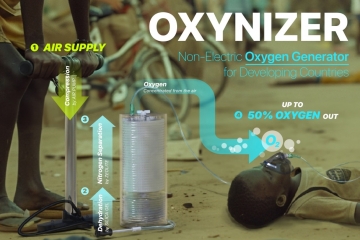
Oxynizer: Non-electric oxygen generator for developing countries
Read more